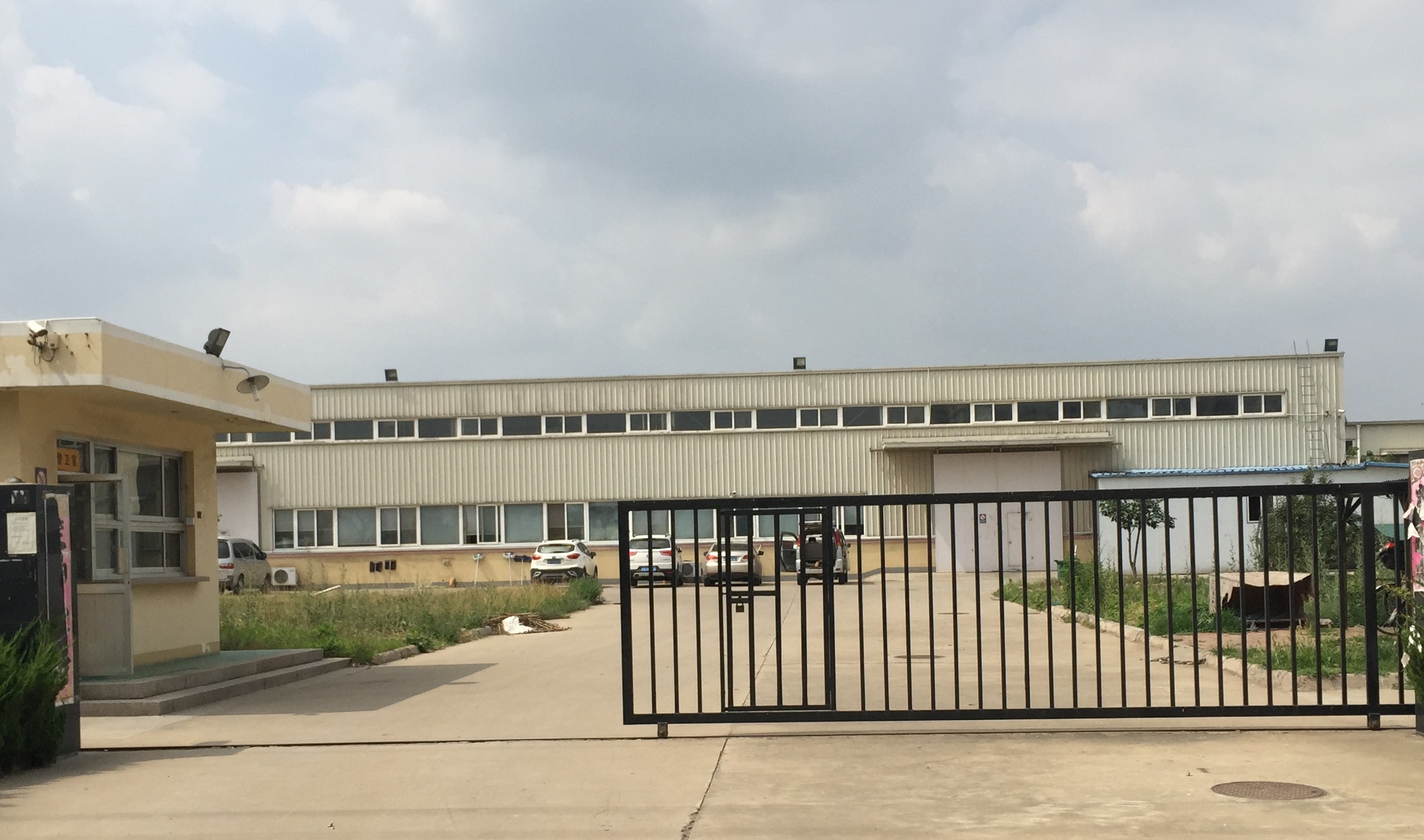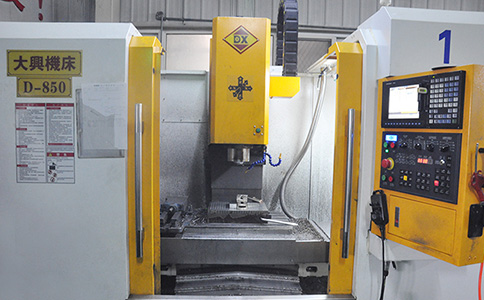
Introduction to mould manufacturing
Qingdao precision mould The editor tells you Introduction to mould manufacturing
Mold design and production requirements are accurate size, surface smooth; Reasonable structure, high production efficiency and easy automation; Easy manufacture, high life and low cost; The design is in line with the technical requirements and economic rationality.

Die structure design and parameter selection must take into account rigidity, orientation, discharging mechanism, positioning method, clearance size and other factors. The vulnerable parts on the mould should be easily replaced. For plastic mold and die-casting mold, it is also necessary to consider reasonable casting system, molten plastic or metal flow state, the position and direction of entering the cavity. In order to improve the productivity and reduce the loss of runner pouring, a multi-cavity mold can be used to complete multiple identical or different products simultaneously in one mold. High efficiency, high precision and long life die should be used in mass production.
According to the structural characteristics, die manufacturing is divided into plane punch die and cavity die with space. Punch dies use convex and concave die size to fit accurately, some even without clearance. Other forging molds, such as cold extrusion molds, die-casting molds, powder metallurgy molds, plastic molds, rubber molds, etc., belong to the type molds, which are used for forming three-dimensional workpieces. The mold has the size requirement in three directions: long, wide and high. Mold production is generally single, small batch production, manufacturing requirements are strict, accurate, more precise processing equipment and measuring devices.